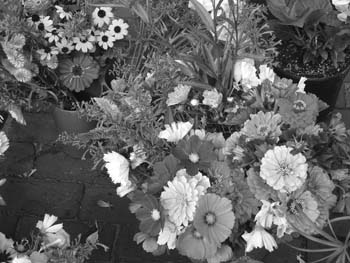Designing a Garden Considering Autism and Special Needs:
Is your garden providing too much stimuli, or too little?
What makes a soothing area in which to re-center?
What should pathway surfaces be like and how wide?
How do environmental noises make an impact on the garden experience?
One of my favorite (and award-winning) websites is the Therapeutic Landscapes Network. It’s an extremely thorough resource for those specializing in combining their landscape design skills with concepts of health and well-being.
Two months ago I asked its founder and director Naomi Sachs, if by any chance she had ever done a story about landscape design for autistic children. I already knew Naomi had her finger on the pulse of her field. Lo and behold, she and Tara Vincenta (both ASLAs) were in the process of writing an extended piece about Autism and Special Needs. Tara is founder and principal of Artemis Landscape Architects, Inc. and Naomi not only runs the resource website but runs her own landscape design and consulting firm. Below you can link to the article.
I urge you to head right to these links for some valuable information on how to make your landscape, your garden, your park of optimal benefit for these individuals. After all, April is Autism Awareness month. All of us know of folks with special needs.
The publication article: Outdoor Environments for Children with Autism and Special Needs. It outlines research and design considerations for creating outdoor, nature based spaces that allow children with autism and other special needs to play and learn at their own comfort level, overcoming common challenges in a safe, fun environment that is equally engaging for any child. Find the article via: http://www.healinglandscapes.org/blog/2011/04/outdoor-environments-for-children-with-autism-special-needs-in-informedesigns-implications/
True to thorough form, Naomi has also collected a list of Resources on Autism and Access to Nature posted here. http://www.healinglandscapes.org/blog/2011/04/april-autism-awareness-landscape-architecture-month/implications-resources-2/
Check out Therapeutic Landscape Network — a site that emulates enormous dedication, research and study. http://www.healinglandscapes.org/about-mission.html
Nancy R. Peck



